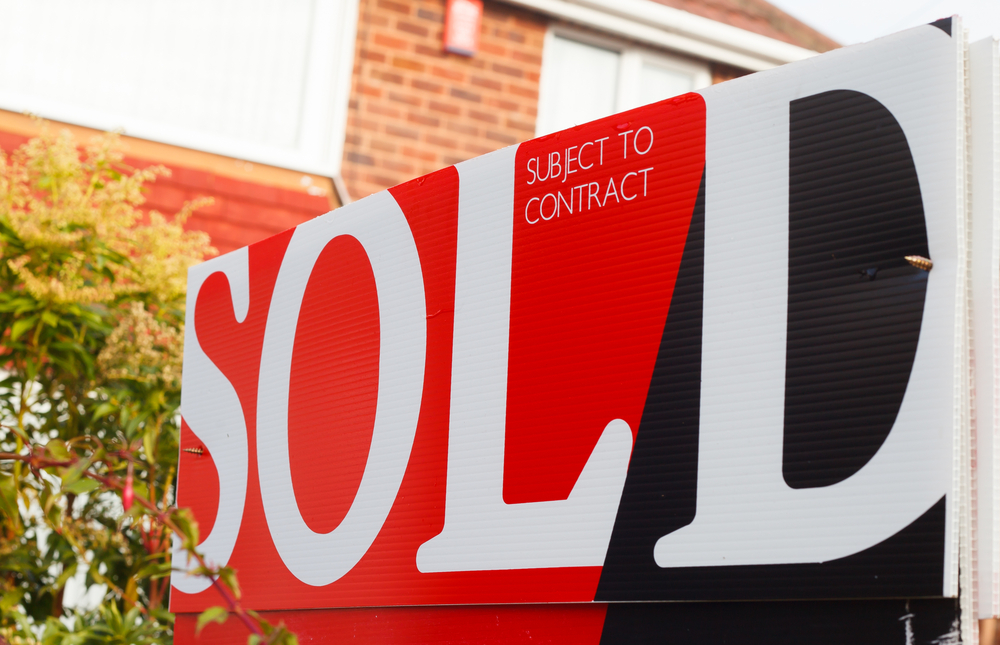EVERY year is tipped to be a “great year” for property in Sydney, and that’s definitely been true in recent years, but 2021 is looking especially rosy for this vital sector of the city’s economy.
Experts predict we are at the beginning of a new property cycle, with all the pieces of the ‘boom’ puzzle falling into place. This means a number of particularly ‘great years’ ahead for our property market.
So let’s have a look at 5 property trends tipped to occur in 2021.
- Property demand from home buyers is going to continue to be strong:
One of the leading indicators is finance housing approvals and these are at record levels, suggesting that we will have strong demand from owner occupiers and investors in the first half of this year.
Despite the “recession we made ourselves have”, rising unemployment and many small businesses facing challenges, interest in buying residential property has skyrocketed.
This has come particularly from owner occupiers who have amassed household savings at levels not seen since the mid-1970s, and this is in part because they have not been able to spend their money on vacations or even local entertainment as they normally would.
Now, with borrowing costs lower than they ever have been, the reassurance that interest rates won’t rise for at least three years and increasing confidence that we’ve got this virus thing under control, it is likely that buyer demand will remain strong throughout the year.
As property values increase and the media reports more positively about our property markets, FOMO (fear of missing out) will once again kick in and more buyers will be keen to get in the market before it prices them out.
- Investors will squeeze out first home buyers:
While currently there are many first-time buyers (FHB’s) in the market, buoyed by the many incentives being offered to them, demand from first homebuyers will fade as property values rise from increasing competition as investors re-enter the market.
You see…typically investors compete for similar properties to FHB’s.
Of course during the last few years, investor lending has been low, but with historically low interest rates and the prospect of easing lending restrictions, it is likely that investors will re-enter the market with a vengeance.
At the same time the federal government’s HomeBuilder scheme will disappear in March.
- Property Prices will continue to rise:
While many factors affect property values, the main drivers of property price growth are consumer confidence, low interest rates, economic growth and a favorable supply and demand ratio.
As always, there are multiple real estate markets around Australia, but in general property values should increase strongly throughout 2021.
However certain segments of the market will continue to suffer, in particular in the city apartment towers and accommodation around universities. It is unlikely the segments of the market will pick up for some time and the value of these apartments is likely to continue to fall as there just won’t be buyers for secondary properties.
At the same time, some rental market will remain challenged. In particular the inner-city apartment markets which are reliant on students, tourists-AirBNB and overseas arrivals.
- People will pay a premium to be in the right neighborhood:
If COVID-19 taught us anything, it was the importance of living in the right type of property in the right neighborhood.
In our new “Covid Normal” world, people will pay a premium for the ability to work, live and play within a 20-minute drive, bike ride or walk from home.
They will look for things such as shopping, business services, education, community facilities, recreational and sporting resources, and some jobs all within 20 minutes’ reach.
Residents of these neighborhoods have now come to appreciate the ability to be out and about on the street socialising, supporting local businesses, being involved with local schools, enjoying local parks.
- We will not fall off the fiscal cliff in March:
Some commentators are concerned that we will fall off the fiscal cliff when JobKeeper and the mortgage deferral system end in March.
However, the Government is unlikely to allow this to happen after having put so much time effort and money into “building a bridge to get us across the other side” as Prime Minister Scott Morrison promised.
At worst, the fiscal cliff will be a little step down to the new normal.
In fact, APRA (the Australian Prudential Regulatory Authority) released data showing loan deferrals plummeted from 493,440 in June to 169,677 in November – a 66% reduction.
Australia’s economy is recovering faster than most expected, unemployment is falling, jobs are being created, consumer and business confidence is rising and there are more buyers out there than there are good properties for sale.
Source: Yahoo Finance





